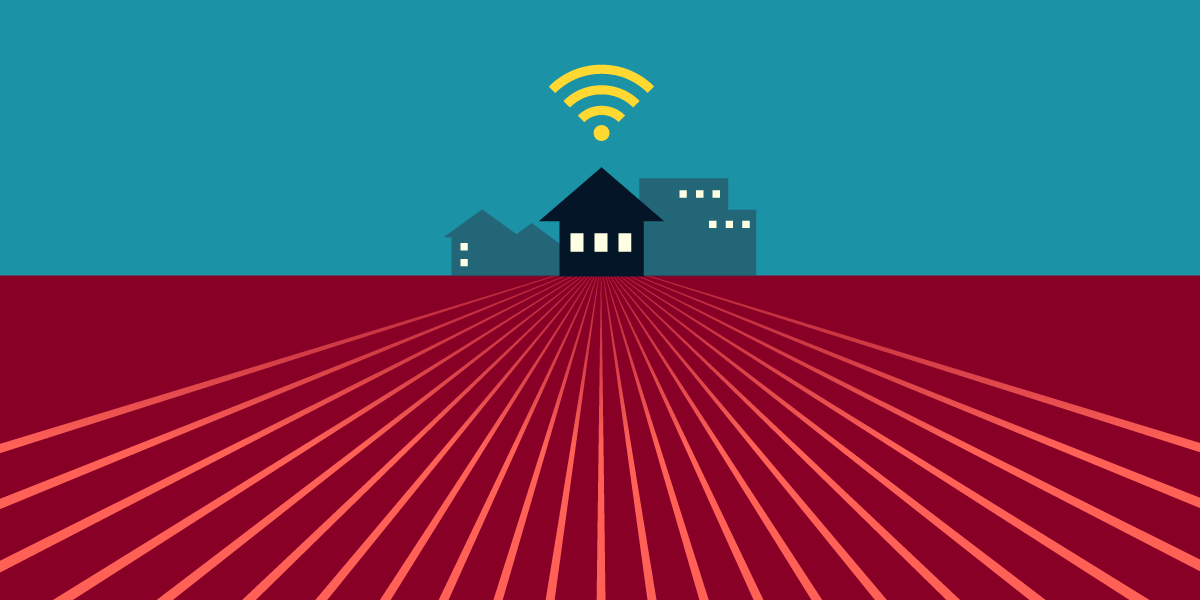A massive number of groups representing interests as diverse as education, agriculture, the tech sector, public and private broadband providers, low-income advocacy, workers, and urban and rural community economic development entities came together on a letter to ask Congress to be bold in its infrastructure plan. They are asking the U.S. Congress to tackle the digital divide with the same purpose and scale as we did for rural electrification. It also asks Congress to focus on delivering 21st century future-proof access to every American. While so many slow internet incumbents are pushing Congress to go small and do little, a huge contingent of this country is eager for Congress to solve the problem and end the digital divide.
What Unifies so Many Different Groups? Fully Funding Universal, Affordable, Future-Proof Access
For months Congress has been hounded by big ISP lobbyists interested in preserving their companies’ take of government money. However, the big ISPs—your AT&Ts, Comcasts, and the former Time Warner Cable—want to preserve the monopolies that have resulted in our current limited, expensive, slow internet access. All Americans have the opposite needs and interests. We need a strong focus on building 21st century ready infrastructure to everyone.
At the core of all new networks lies fiber optic wires, which is an inconvenient fact for legacy monopolies that intended to rely on obsolete wires for years to come. And all this opposition is happening while a billion fiber lines are being laid in the advanced Asian markets, primarily led by China, calling into question whether the United States wants to keep up or be left behind. They’ve argued that broadband is very affordable and that efforts to promote the public model to address rural and low-income access was akin to a “Soviet” take over of broadband.
But our collective lived experience, from a pandemic where kids are doing homework in fast food parking lots in large cities to rural Americans lacking the ability to engage meaningfully in remote work and distance learning, makes clear we need a change. For cities, where it is profitable to fully serve, its clear low-income people have been discriminated against and are being skipped through digital redlining. For rural Americans who have basic internet access, they are forced to rely on inferior and expensive service that is incapable of providing access to the modern internet (let alone the future).
ISPs have obscured this systemic problem by lobbying to continue to define 25/3 mbps as sufficient for connecting to the internet. That metric is unequivocally useless for assessing the status of our communications infrastructure. It is a metric that makes it look like the U.S. has more coverage than it does, since it represents the peak performance of old, outdated internet infrastructure.
It is therefore important to raise the standard to accurately reflect what is actually needed today and for decades to come. What we build under a massive federal program needs to meet that standard, not one from the earlier days of broadband. Not doing so will mean repeating the mistakes of the past where a large portion of $45 billion in federal subsidies have been invested in obsolete infrastructure. Those wires have hit their maximum potential, and no amount of money handed over to current large ISPs will change that fact. We have to get it right this time.










